From Glee and Pose to Netflix’s Monster anthology, Ryan Murphy’s queer storytelling has shifted from affirmation to controversy.
Ryan Murphy helped redefine what network and prestige TV would risk. A decade later, many of his most watched projects put queerness close to violence, crime and pathology. Lets traces how we got here and what better could look like.
Ryan Murphy queer representation: from early visibility to a darker pattern
In the early 2010s Murphy’s shows let queer audiences exhale. Glee put a gay teen at the heart of a primetime hit and treated his story with empathy rather than a punchline. The New Normal made a gay family the premise of a sitcom at a time when that still felt like a statement. Even the first seasons of American Horror Story threaded queer characters into an anthology built for shock and genre flourish. The centre of gravity tilted toward visibility and warmth.
That baseline matters when you take stock of what followed. As Murphy moved into darker terrain, queerness did not vanish. It became part of the lens through which horror and true crime were told. One dark story can serve as critique. A series of them, arriving without counterweight, begins to read as a pattern. Viewers do not tally footnotes. They absorb associations.
Glee, Pose, American Horror Story
Glee and The New Normal were imperfect and sometimes arch, yet they marked a turn. Teens came out, dated, found community, and the shows asked millions to root for them. That scale matters.
Pose was a high point. Black and Latinx trans women and queer men led a prestige drama that honoured ballroom culture and the AIDS era with a care that felt rare on television. The series hired trans talent in front of and behind the camera, and it refused to make its leads only their suffering. Pose remains a proof of concept for representation that is vivid, specific, and sustaining.
American Horror Story has always been a bargain. It offers queer actors and characters, then places them inside worlds of fetish, revenge and supernatural gore. There are seasons where queer characters are survivors and truth tellers. There are seasons where sexual difference appears next to punishment or is framed as a route to ruin. The anthology format makes that oscillation feel episodic. Over time, the oscillation itself becomes the message.
American Crime Story: The Assassination of Gianni Versace dug into homophobia, shame and the 1990s closet. It also familiarised audiences with a “gay killer” as a prestige subject. Two things can be true at once. The series interrogated structures that harmed queer people and it engraved a new association in the cultural memory of Murphy’s work.
Dahmer LGBTQ representation debate: intent vs effect and cultural impact
When Dahmer launched, it became a cultural event and a dividing line. Netflix initially placed it under LGBTQ content, then removed the tag after backlash from viewers who felt a serial killer series did not belong beside queer romance, history and culture. Murphy defended the project as an examination of racism and homophobia that allowed a murderer of gay men to operate. That aim is legible on screen. So is the way the series lingers on cannibalism, sexual obsession and the mechanics of violence.
For families of victims, for survivors of community neglect, and for viewers already saturated with queer trauma, the emphasis felt like a return to an old slur dressed in prestige. Desire was framed as deviance, intimacy as a corridor to horror. You do not have to argue that queer villains are off limits to recognise a simpler media truth. Repetition changes meaning. If the most amplified stories about queer men in a given year are predators and victims, that becomes the picture for many who do not look further.
AHS: NYC queer‑trauma fatigue: horror tropes and LGBTQ portrayal
American Horror Story: NYC placed a serial killer narrative against the onset of the AIDS crisis and made institutional indifference the villain. Some praised the attempt to model accountability on screen. Others felt exhausted. Coming directly after Dahmer, the season asked audiences to sit with queer bodies in danger again. Without a companion series that showed queer life in ordinary balance, the allegory felt like an equation. Queer equals hunted, endangered, doomed.
Monster anthology queer‑coded villains: Menendez insinuations and Ed Gein controversy
The Monster anthology extended the tension. The Menendez season dramatised abuse and patricide, then layered homoerotic suggestion between brothers. Many saw the choice as salacious and unmoored from the public record. When insinuation becomes the engine, it risks teaching viewers that homoerotic cues are shorthand for depravity.
The Ed Gein season staged a conversation that seemed to compare a closeted actor’s repression with the making of a killer. Even if the intended critique was repression itself, the line landed like a throwback. It echoed an era when queerness was routinely presented as pathology. After three entries that positioned queerness near violence and psychosis in different ways, the pattern became hard to dismiss as coincidence.
The forthcoming Lizzie Borden installment arrives inside that context. Anticipation is mixed with concern that any queer subtext will again be braided to danger. The creative question is not whether complex women or queer figures belong in dark material. The question is whether the series can avoid treating queer code as a visual shortcut for menace.
Ryan Murphy trans advocacy and industry accountability
Representation is also made behind the scenes. Alumni of Murphy’s shows have asked him in public to speak more directly for trans people and to ensure safer sets. Those calls carry weight because the same creator gave the world Pose. When the person most associated with trans visibility appears quiet as anti‑trans politics harden, it feels like a missing piece. Visibility changed what audiences see. A clear voice still changes working conditions and public climate.
Why repeated queer‑trauma narratives are risky for LGBTQ representation
No single drama defines a culture. Schedules, algorithms and awards do. In an attention economy where a handful of projects dominate the conversation, the stories with the largest reach do not sit in isolation. They echo. If the loudest recent stories place queerness next to incest, rape, cannibalism and psychosis, you do not need a moral panic to see why some viewers are bracing. The danger is not that queer characters are villains. The danger is that queerness becomes the signal of villainy.
Television has a long history of equating sexual difference with threat. Horror leaned on that shorthand for decades. True crime revels in the lurid. The distance between critique and reinforcement is easy to cross if scripts are not explicit about what causes what, and if a slate does not show counterexamples in the same year.
Best practices for LGBTQ representation in horror and true crime
There is no need to sand away darkness or complexity. A healthier portfolio looks like balance and clarity.
Balance the slate. If one headline series asks audiences to sit with queer harm, make sure another headline series shows queer life that is ordinary, layered and joyful. Do not hide the knife. Just show the kitchen too.
Separate identity from pathology on the page. When a plot uses queer‑coded violence, the script can say outright that identity is not causality. Put the camera and the dialogue on victims, systems and accountability. Give viewers less time inside the predator’s fantasy and more time with the people harmed and the failures that enabled harm.
Share power in the room. Queer and trans writers, editors and producers should hold real authority to say no, to cut beats that revive old slurs, and to build alternatives that keep stakes high without teaching the wrong lesson.
Match visibility with voice. Platforms carry obligations. Speaking clearly for trans people, supporting fair treatment on sets, and showing up when the climate is hostile are part of the job when your shows set the tone of a season.
Ryan Murphy queer timeline: shows and reception
Nip/Tuck (2003–2010). Glossy provocation with recurring queer subplots. Opened a door and sent mixed signals.
Glee (2009–2015). Network empathy for gay and bi teens. Millions watched a gay kid win and lose in ways that felt recognisable.
The New Normal (2012–2013). Gay family as premise, not sidebar. Short lived, culturally visible.
American Horror Story (2011– ). Inclusion and exploitation in oscillation. Queer characters appear often, sometimes as heroes, sometimes as fodder for punishment.
American Crime Story: Versace (2018). Homophobia interrogated. A gay killer framed with nuance and style, and also foregrounded as a prestige subject.
Pose (2018–2021). Landmark trans and queer ensemble. Ballroom honoured with care. A template for what humane can look like.
AHS: NYC (2022). Queer bodies hunted. Allegory praised and fatigue named.
Monster: Dahmer (2022). Record views, tag backlash, a debate about intent and effect.
Monsters: Menendez (2024). Insinuation of incest and sexual ambiguity criticised as gratuitous.
Monster: Ed Gein (2025). A closeted actor’s repression placed next to a killer’s pathology. Widely condemned.
Monsters: Lizzie Borden (announced). Anticipation tempered by concern over repeating queer‑adjacent coding around violence.
Ryan Murphy LGBTQ legacy: what comes next
Ryan Murphy changed what television would risk and who it would centre. That credit stands. It is also true that his most amplified recent work has taught audiences to expect queerness in proximity to atrocity. Intentions can be generous, especially when the goal is to interrogate prejudice or memorialise victims. Impact is cumulative. If a slate teaches viewers that the queer stories worth watching are monsters and martyrs, the echo does its own work.
The fix is not complicated and it does not require creative timidity. It asks for balance, for clarity about cause and effect, for power shared with the people whose lives are being dramatized, and for a public stance that meets the moment. That is how trust with audiences is rebuilt. That is how representation grows back into what it promised a decade ago: not sainthood or censorship, simply a full spectrum of queer life.

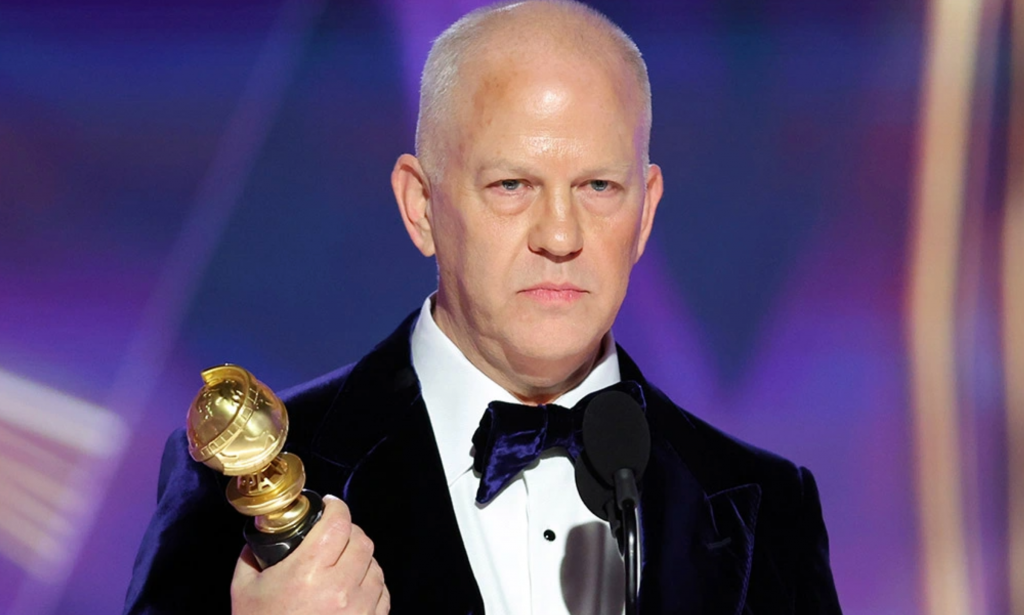
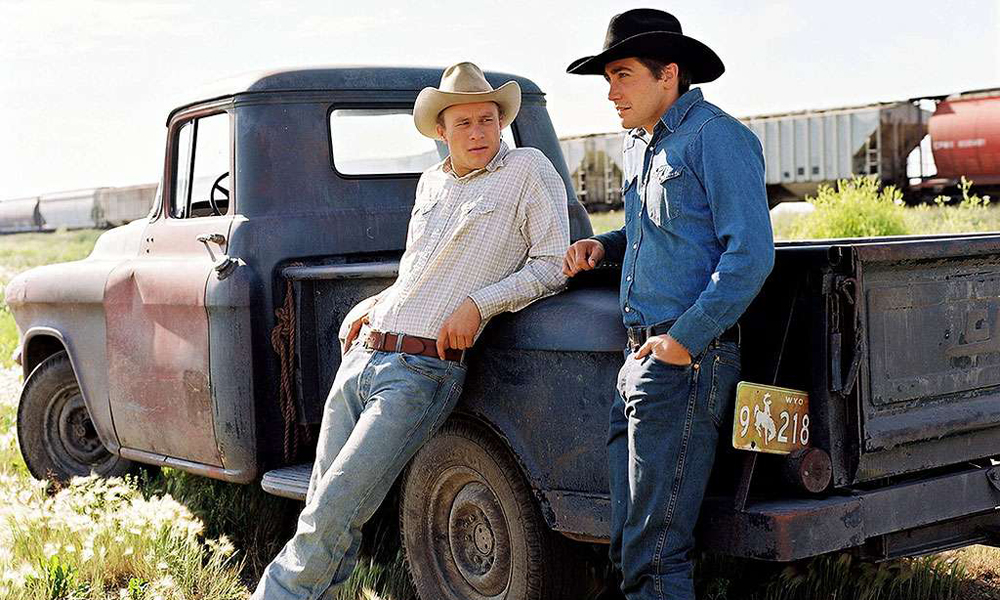
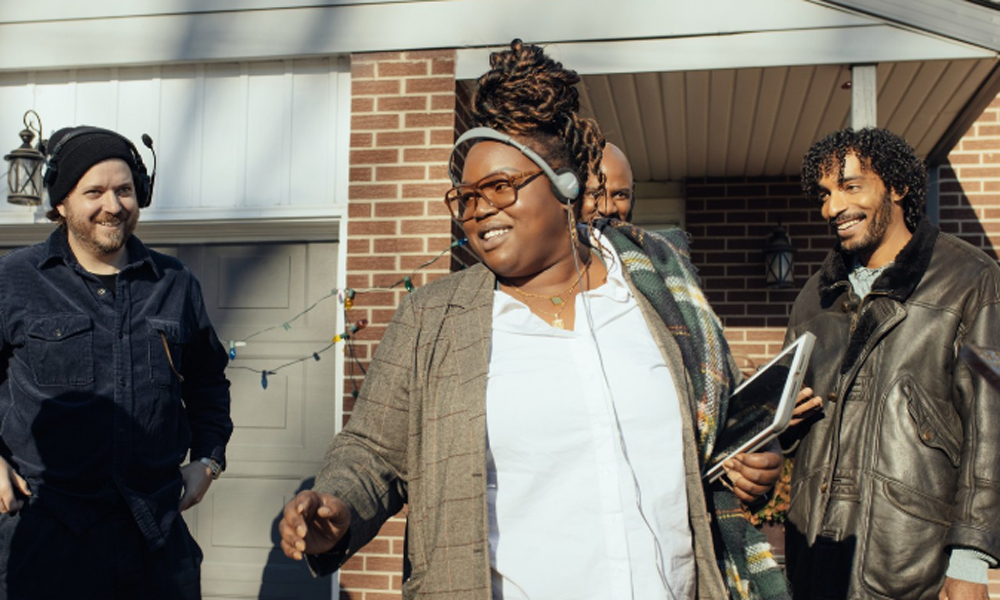
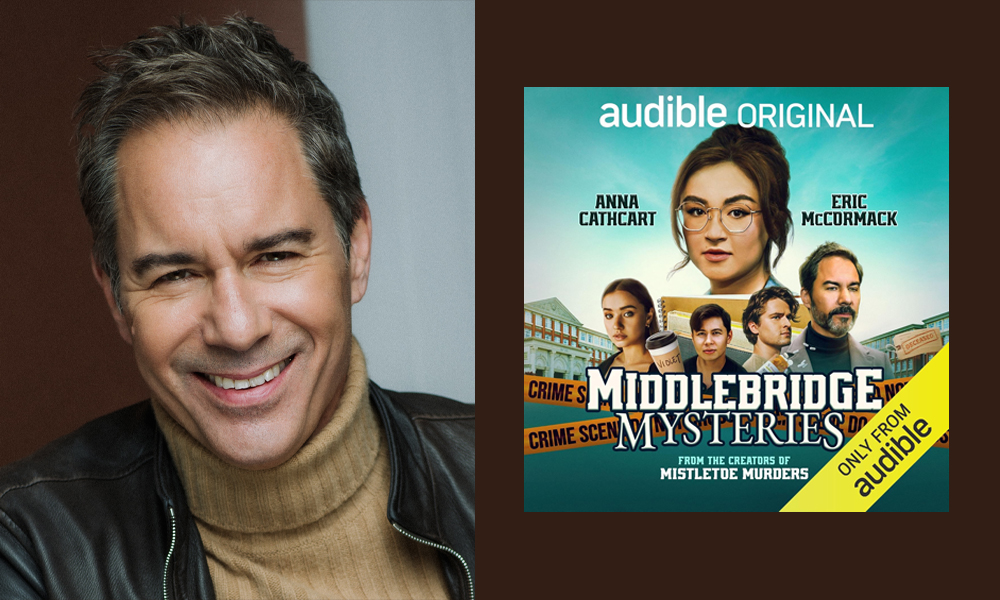
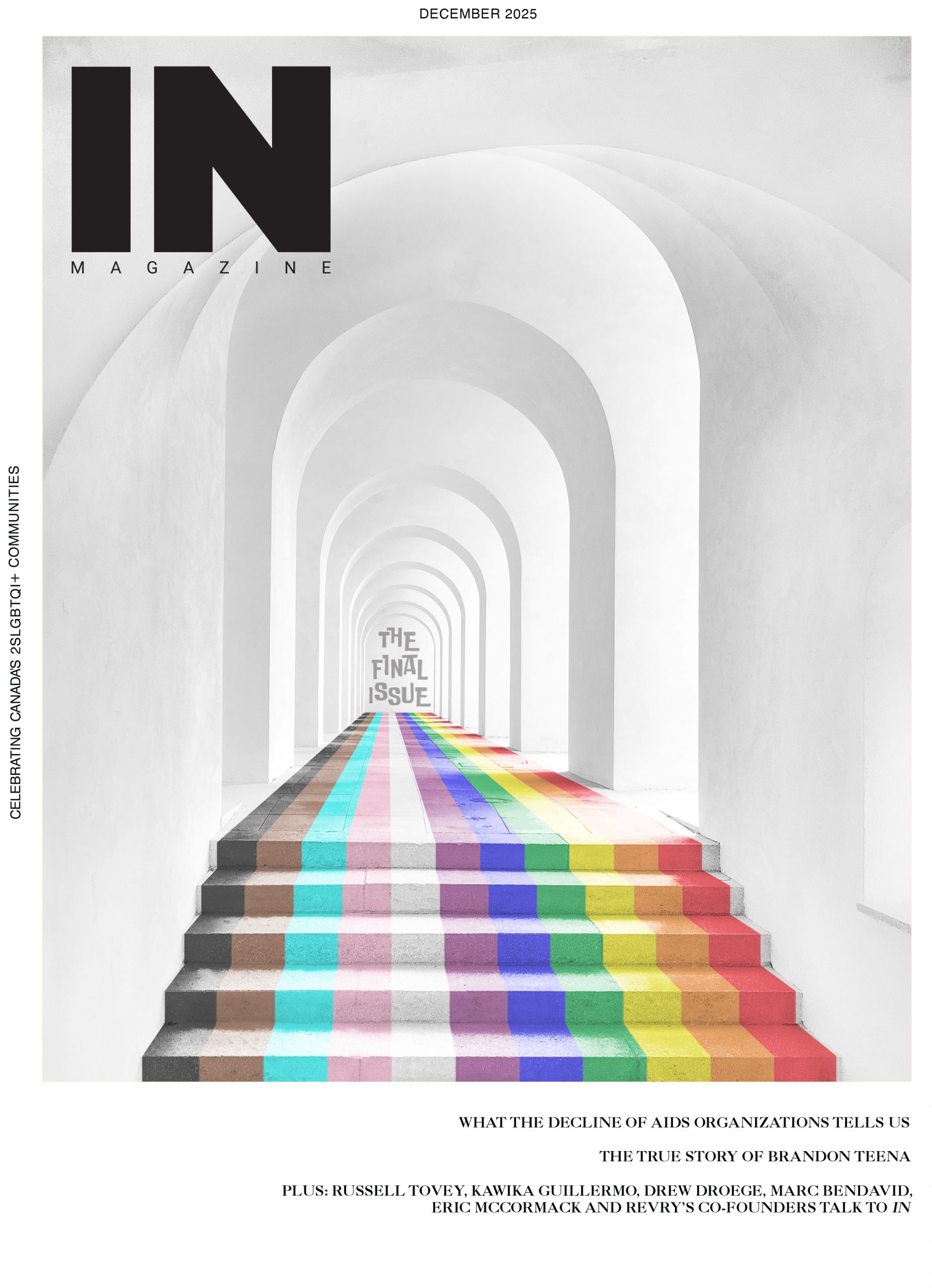
POST A COMMENT